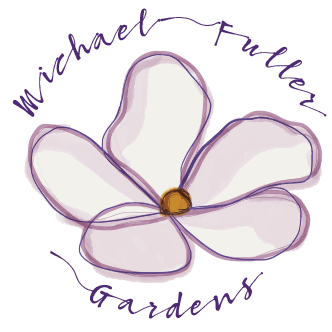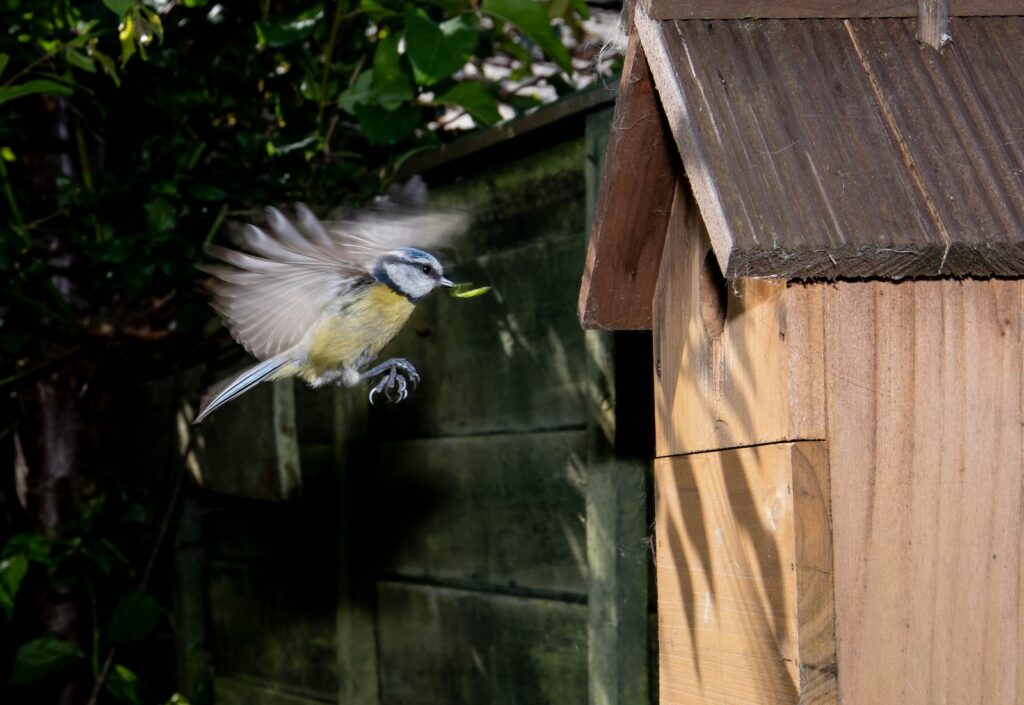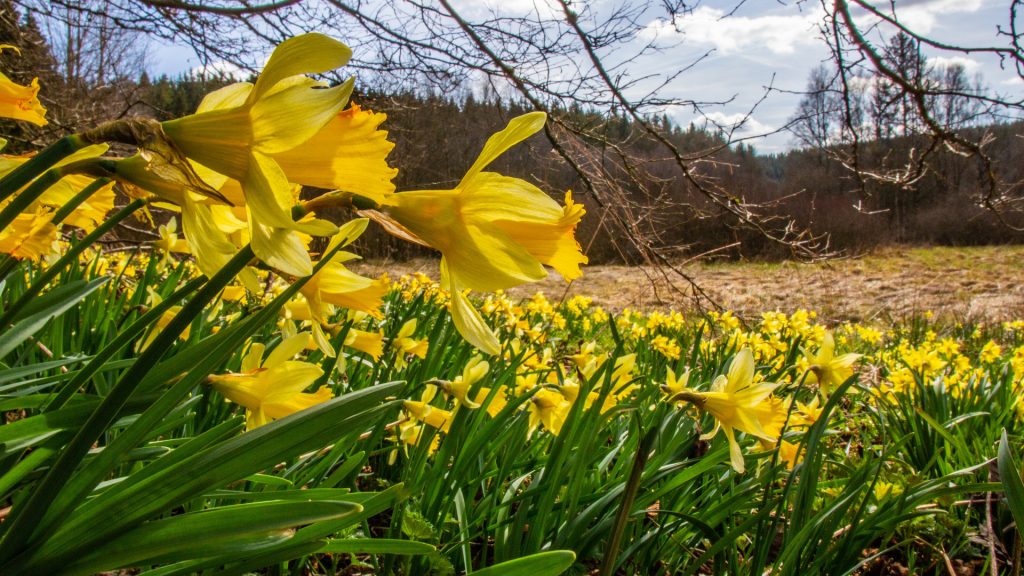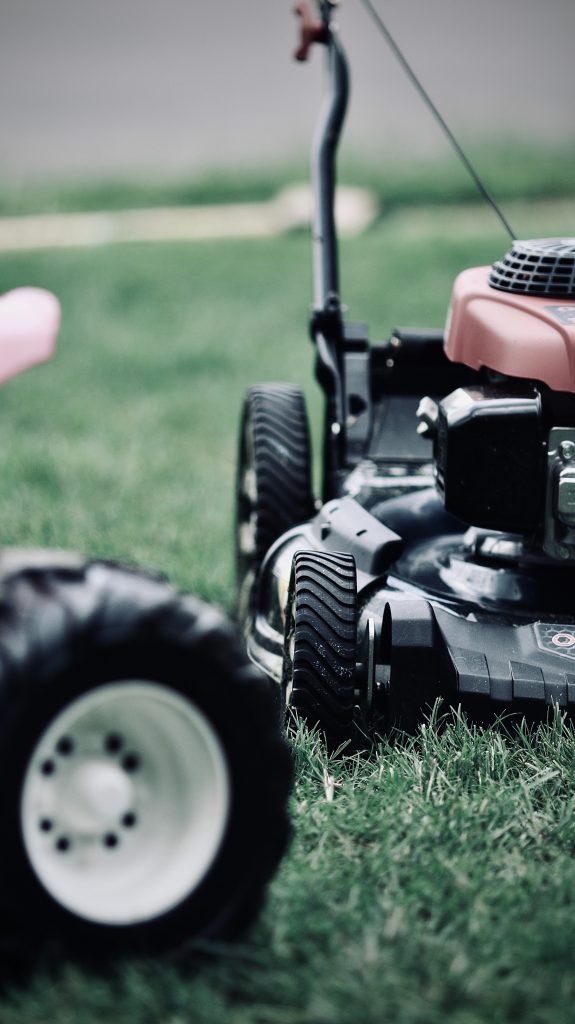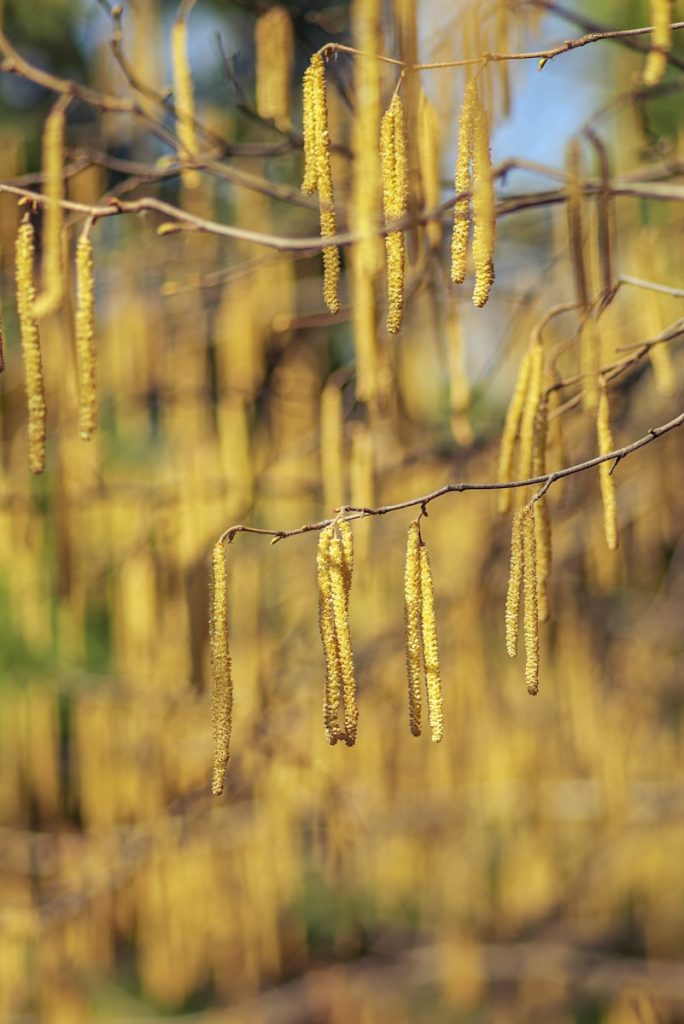Think before you dig.
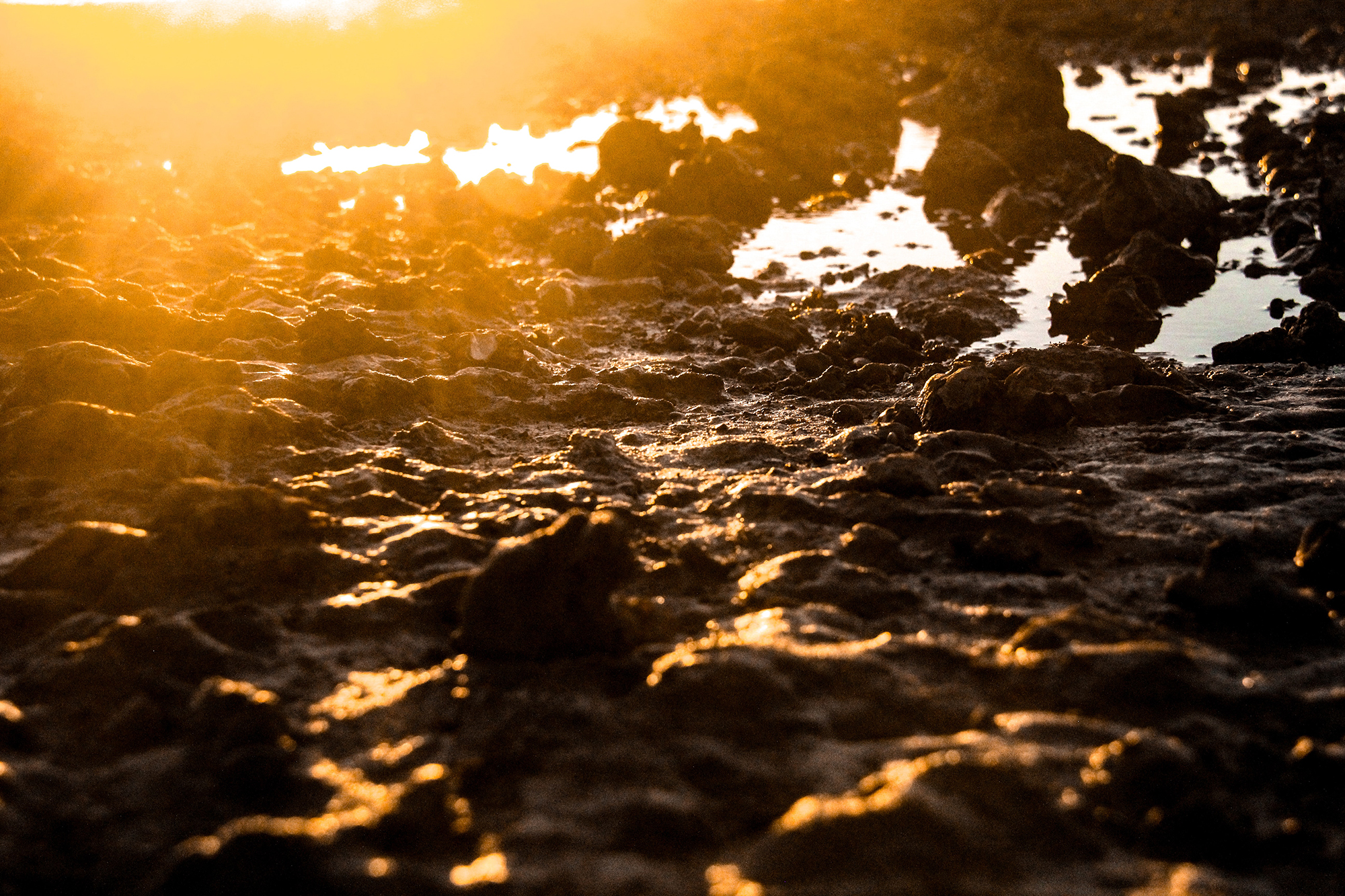
5 benefits of the ‘no-dig’ gardening system
During my career as a gardener, I have slowly become converted to the idea of the ‘no-dig’ garden. It has been a gradual journey for me, letting go of ingrained habits and concepts from the past, as science develops and new ideas come into existence. Below are five reasons why I feel it is good not to dig, as well as some situations that I feel still require digging.
1) Healthy plant communities. Over the last decade, science has made enormous discoveries in relation to the structure of the soil and in particular the minute and dense network of mycelia that thread their way through topsoil, (generally the first 3 or 4 inches in a garden). These mycelia or fungal networks connect the root systems of plants and are intrinsic to healthy soil, allowing communication between plants in many ways, including facilitating the sharing of nutrients between each other. Every time we dig the soil we damage and break these networks, (the so-called ’shattering effect’) reducing the effective overall health of the plant community above the soil.
2) Increased air and light in the soil. Contrary to popular belief (and to the training I received in the Parks Department almost 40 years ago) regular turning of the soil with a spade or hoe does not improve the soil structure by allowing air and light in. In healthy soil, air and light enter primarily through the activity of earthworms and other burrowing creatures. If we are constantly cultivating the soil we are destroying these natural ‘ventilation shafts’, reducing the amount of light and air into the soil. I have to admit this is the hardest habit for me to break – I have enjoyed many hours ‘spuddling’ – a Hampshire term for lightly turning over the soil of a flower bed to create a pleasing visual effect. Interestingly, I recently looked up the dictionary definition of this term: “to make a lot of fuss about trivial things, as if it were important” [!]
3) Better drainage. Soil that has a large amount of mycelia and natural air systems will be better at draining and will not produce as much run-off as highly cultivated soil. Additionally, even in wetter weather, one can walk on the soil with less disruption.
4) Lower maintenance. Clearly, less digging and cultivating saves time. The question of weeds is dealt with by mulching, the companion concept to ‘no-dig’. Mulching involves covering any bare soil with a layer of organic matter – compost, grass clippings or straw and by doing this we reduce the areas of open soil where weeds can germinate. Additionally we insulate, protect and nourish the topsoil below; the organic matter will gradually rot and will be taken down by earthworm activity and rain. The use of cover crops – green manures in the vegetable garden and ground-cover plants in the flower garden work in a similar way.
5) Reduced carbon emissions. This is the buzzword of our time, and I find it so fascinating to realise that digging exposes soil microorganisms to excess oxygen and sunlight, accelerating the loss of stored carbon to the atmosphere. So if we disturb the soil less, we keep carbon in the soil and help in a small way with slowing down climate change.
Digging is sometimes necessary.
Although I am becoming more of a fan of no-dig every day, there are some circumstances when digging the soil is necessary, for instance when planting or harvesting. If we really must dig, then we should make the disturbance as small as possible and ideally use a bronze implement. (Bronze is less disruptive to the soil than iron because it is not magnetic and doesn’t rust. It therefore doesn’t alter the electrical energy in the soil or leave decaying particles of iron, both detrimental to soil health. Bronze also slides into the soil much more easily than iron, disturbing the structure less)
If we are new to no-dig, I would suggest we could experiment on a small area of our garden first – perhaps one flower or vegetable bed. If we try it for a year or so and compare the cultivated with the no-dig bed we may notice the difference in the soil health, vitality and reduction in labour. Additionally, if we take advice from the many experts on this subject (Charles Dowding – the pioneer of ‘no-dig’ is a good starting point, either in books or the internet), the joys and advantages of this exciting and fascinating gardening style may, despite decades of digging and spuddling, become our new normal.

